The world of culinary delights is vast and varied, but few dishes capture the essence of a culture as profoundly as ackee and saltfish do for Jamaica. This vibrant dish isn’t just a favorite on the island; it’s a symbol of Jamaican heritage and pride. In this article, we dive into the rich culture of ackee and saltfish, from its tapestry of stories, anecdotes, and traditions that surround this iconic meal.
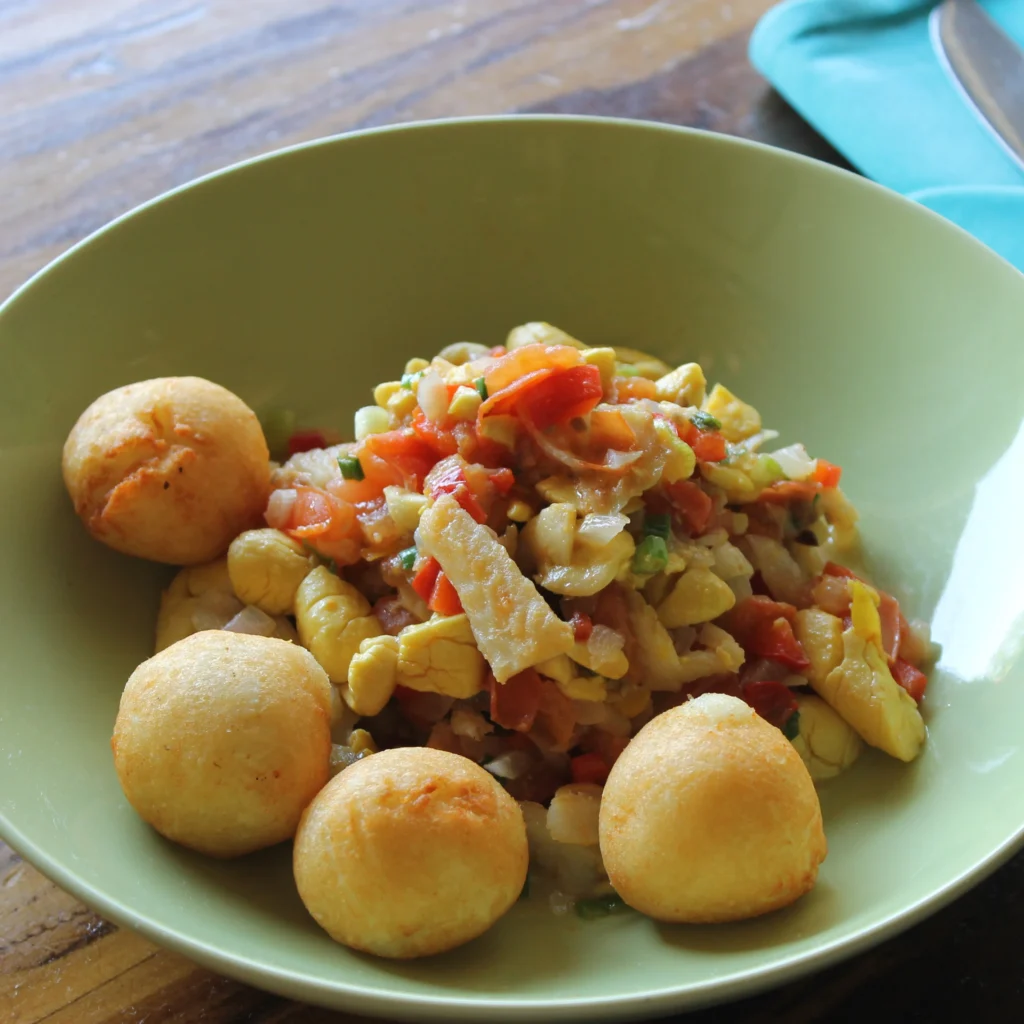
Personal Stories from Jamaican Chefs
Chef Interviews
To truly understand the cultural significance of ackee and saltfish, we must hear from those who prepare it daily—the chefs. Many Jamaican chefs have personal stories that showcase their deep connection to this dish. Chef Marie Anderson, a renowned figure in Kingston, recalls how her grandmother taught her to pick the ripest ackees. “She always said that cooking ackee and saltfish is like telling a story,” Chef Anderson reminisces. “Every ingredient, every step has its meaning and memory.”

Another chef, Desmond White, who runs a popular eatery in Montego Bay, shares how ackee and saltfish have been a constant in his family gatherings. “It’s more than just food,” he explains. “It’s a tradition that brings my family together. We celebrate our roots with every bite.”
Signature Recipes
Each chef has their unique take on ackee and saltfish, adding personal touches that make their version distinct. Chef Marie’s signature recipe includes a hint of scotch bonnet pepper, which adds a subtle heat without overpowering the delicate flavors of the ackee.

Chef Desmond prefers to add a dash of allspice and a splash of coconut milk, giving the dish a creamy texture and a complex flavor profile. These recipes aren’t just about taste; they are about preserving a piece of their heritage.
Historical Anecdotes and Traditions
Festival Stories

Ackee and saltfish hold a special place in Jamaican festivals. During events like Jamaica’s Independence Day, families and communities come together to cook and share this beloved dish. The aroma of sautéed onions, bell peppers, and salted cod fills the air, creating an atmosphere of celebration and unity.
One memorable festival story comes from the annual Ocho Rios Seafood Festival, where ackee and saltfish are often the centerpiece. Local chefs compete to create the best version, each infusing their unique style while respecting the traditional preparation. The festival not only highlights the dish but also celebrates Jamaica’s culinary heritage.
Ackee and Saltfish in Literature
The cultural impact of ackee and saltfish extends beyond the kitchen into the realm of literature. Jamaican authors frequently reference the dish in their works, symbolizing home, family, and cultural identity. In novels like “No Telephone to Heaven” by Michelle Cliff, ackee and saltfish serve as a metaphor for the protagonist’s connection to her roots. This dish is more than food; it’s a narrative device that conveys the richness of Jamaican culture.

Ackee and Saltfish in Jamaican Festivals
Traditional Celebrations
In traditional Jamaican celebrations, ackee and saltfish are indispensable. During Christmas and Easter, the dish is often served alongside other festive foods like rice and peas, fried plantains, and festival bread. These celebrations are incomplete without the presence of ackee and saltfish, which symbolize prosperity and abundance.
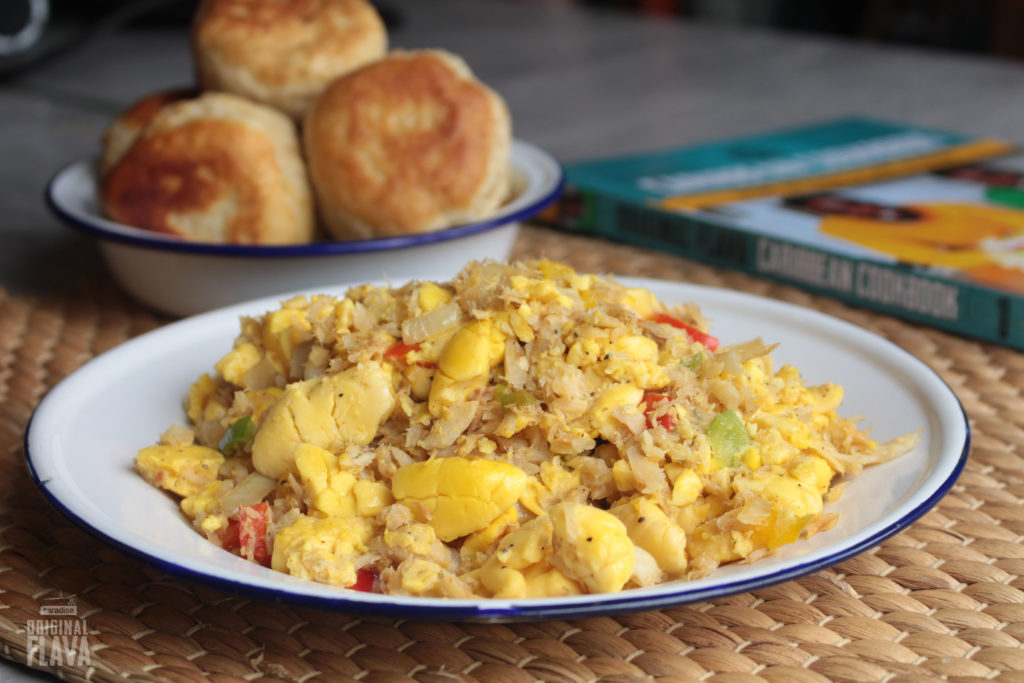
At weddings, it is common to see a spread featuring this iconic dish. It represents the couple’s new beginnings and their connection to Jamaican heritage. The preparation and sharing of ackee and saltfish during these occasions reinforce familial bonds and cultural continuity.

Modern Events
In modern Jamaican events, ackee and saltfish have adapted while retaining their traditional roots. Food festivals, culinary tours, and cooking classes frequently feature this dish, attracting both locals and tourists eager to experience authentic Jamaican cuisine. These events not only promote the dish but also educate participants about its historical and cultural significance.
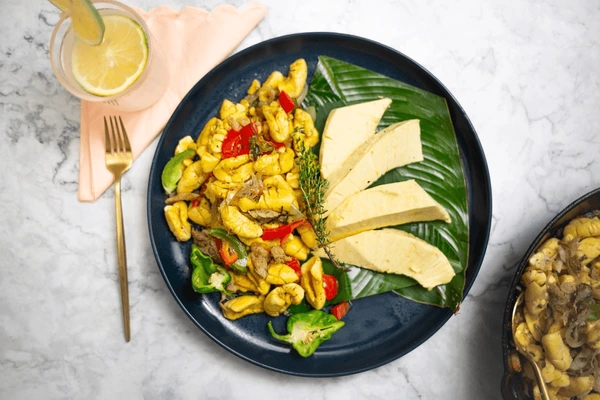
For instance, the Portland Jerk Festival, known for showcasing Jamaica’s best jerk cuisine, has also embraced ackee and saltfish. Chefs demonstrate how to prepare the dish, and attendees have the opportunity to sample various versions. These modern celebrations help keep the tradition alive, ensuring that ackee and saltfish remain a beloved part of Jamaica’s culinary landscape.
FAQs
conclusion
In conclusion, ackee and saltfish are much more than a meal; they are a symbol of Jamaica’s rich cultural heritage. Through personal stories from chefs, historical anecdotes, and their role in festivals, we see how this dish connects generations and celebrates the Jamaican spirit. Whether enjoyed in a traditional setting or at a modern food festival, ackee and saltfish remain a beloved part of Jamaica’s culinary identity.
Disclosure: Our blog contains affiliate links to products. We may receive a commission for purchases made through these links. However, this does not impact our reviews and comparisons. We try our best to keep things fair and balanced, in order to help you make the best choice for you.
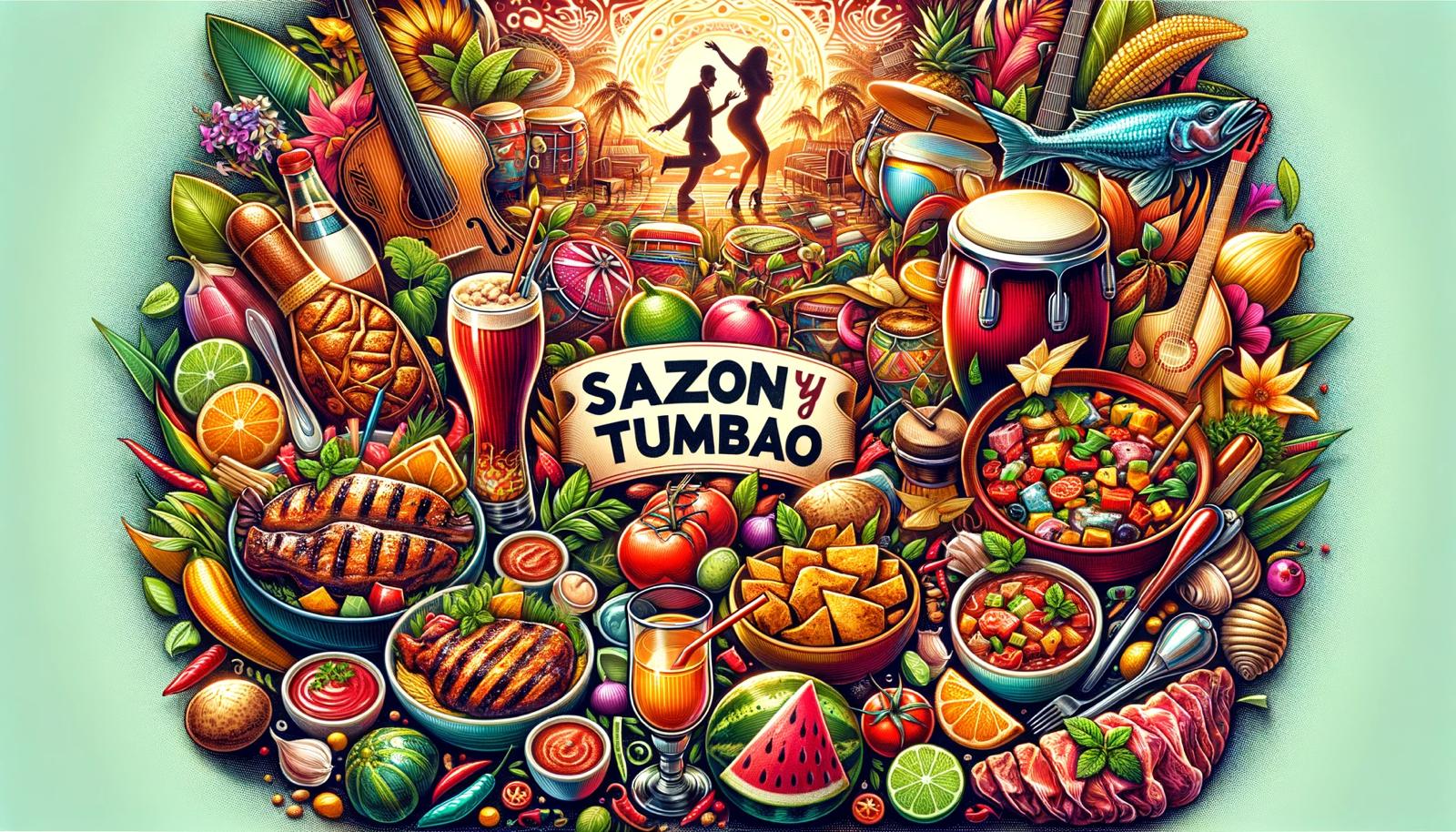

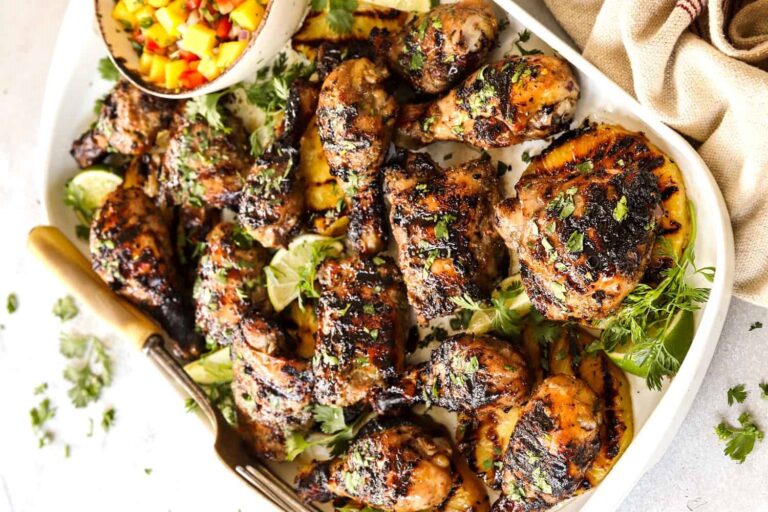
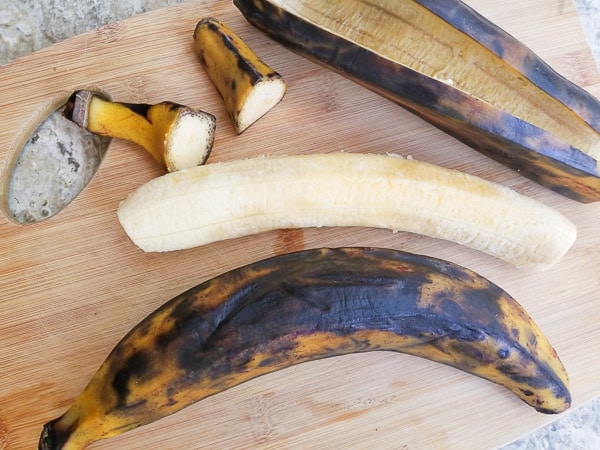

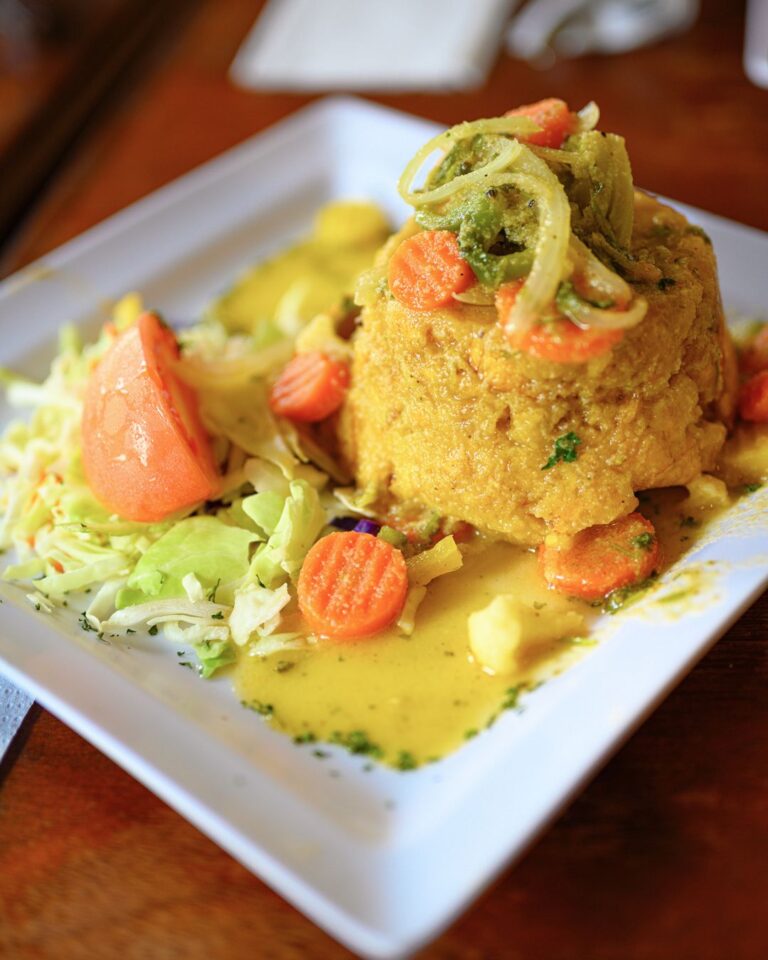
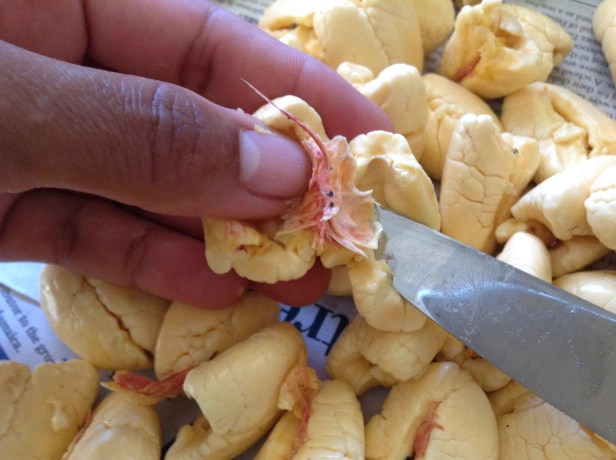

One Comment